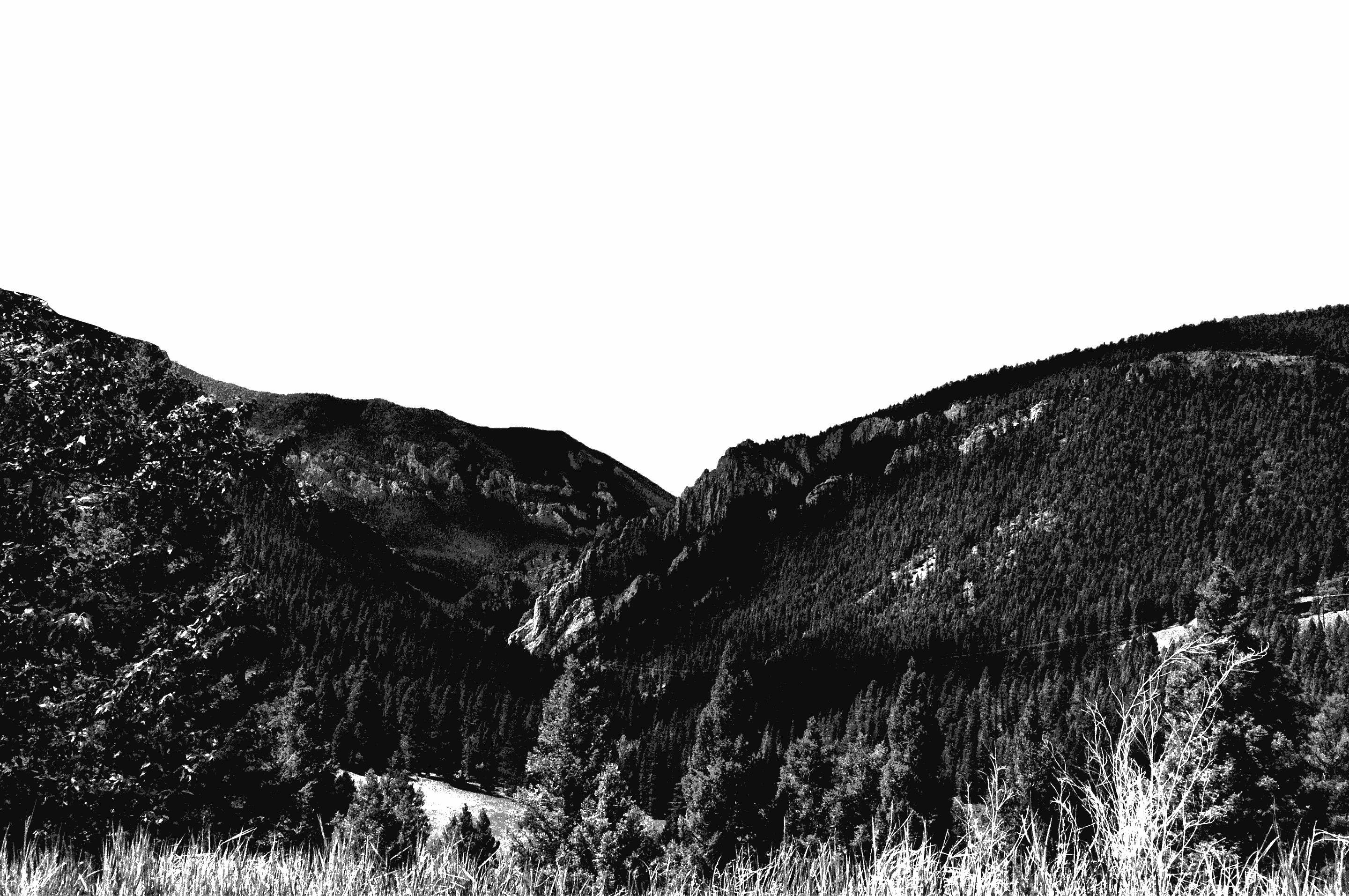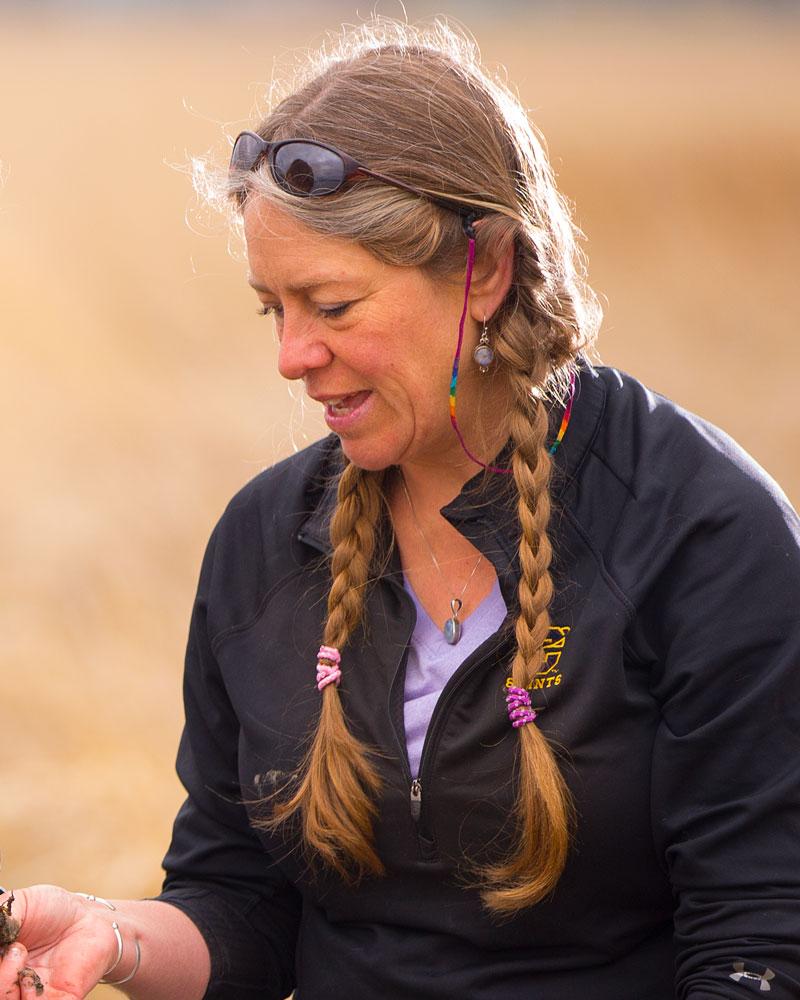About
Education:
- Ph.D. University of Alaska Fairbanks
- B.S. University of Vermont
Areas of Interest: Geomorphology, Paleoclimate, Landscape Dynamics
Courses Taught: Environmental Science, Earth Science, Geomorphology, Field Methods, Research Methods
 Dr. Heiser completed her undergraduate degree in geology and ecology at the University of Vermont and was soon off to Alaska to pursue her Ph.D. in earth science. Her graduate work focused on the glacial and sea-level history of the Bering Straight and included research in both Russia and Alaska. During a post-doc position at the University of Madison Wisconsin, she studied the permafrost features of northern Wisconsin. Her first teaching position was at Ohio University Athens where she taught geology, geomorphology, soil science and climate change. She was soon drawn back to Alaska and began a joint position with the University of Alaska Anchorage teaching geology and integrated science programs for education majors. She then moved on to the University of Alaska Fairbanks to help develop a geography program and continue research on paleoecology, lake system history, and tundra-forest ecotone dynamics in Southwestern Alaska. We are now lucky to have her at Carroll College as the Director of the Environmental Program. Her teaching in earth and environmental science is well loved by students and she continues to involve students in field research ranging from forest fire history using dendrochronology techniques to paleoecology using lake sediment cores. She loves skiing, hiking and about any activity outdoors.
Dr. Heiser completed her undergraduate degree in geology and ecology at the University of Vermont and was soon off to Alaska to pursue her Ph.D. in earth science. Her graduate work focused on the glacial and sea-level history of the Bering Straight and included research in both Russia and Alaska. During a post-doc position at the University of Madison Wisconsin, she studied the permafrost features of northern Wisconsin. Her first teaching position was at Ohio University Athens where she taught geology, geomorphology, soil science and climate change. She was soon drawn back to Alaska and began a joint position with the University of Alaska Anchorage teaching geology and integrated science programs for education majors. She then moved on to the University of Alaska Fairbanks to help develop a geography program and continue research on paleoecology, lake system history, and tundra-forest ecotone dynamics in Southwestern Alaska. We are now lucky to have her at Carroll College as the Director of the Environmental Program. Her teaching in earth and environmental science is well loved by students and she continues to involve students in field research ranging from forest fire history using dendrochronology techniques to paleoecology using lake sediment cores. She loves skiing, hiking and about any activity outdoors.
After two weeks of major transitions, and a new and uncertain world, it is interesting to reflect on our path to this place, and our direction for the future. I am hoping that the students who are with us on this journey gain a new and transformative view of humans and the world we live in. I have been deeply inspired by their thoughtful reflections and their ability to adapt to a difficult new way of learning. They are giving me hope for the future of our planet.
My journey to becoming a professor in earth and environmental sciences was in some ways unexpected, and in other ways unsurprising. I was raised in rural Vermont by parents who were involved in the early environmental movement. I am forever grateful for, and was very much shaped by, their decision to raise their family in a small town, and on a small farm with a pretty much limitless ‘back yard’. My interest and curiosity for the natural world was well fed by the beaver pond, creek, forests, fields and barns that were my playground. I had no idea of what sort of career I might find (and neither did my high school guidance counselor) but ‘naturalist’ was what came up in those ‘choose your career’ surveys.
I started college at St. Michaels (basically the Vermont edition of Carroll) in Winooski, Vermont. Where I explored a number of majors (biology, education and unofficially, rock climbing) until I convinced my parents that a month-long NOLS mountaineering field course in Alaska was what I needed. That turned out to be very true and it was there, after a month climbing on glaciers, I decided to become a glacial geologist. Since St. Mike’s did not have a geology program (or even a geologist), I transferred to the nearby University of Vermont to finish my degree. Still unable to decide, I graduated with a combined B.S. in ecology and geology. This inability to choose a disciplinary path between ecology and geology actually shaped my graduate studies and current research focus on paleoclimate reconstruction, landscape processes, and soils. After earning a PhD in Geology at the University of Alaska Fairbanks, and later serving on the UA faculty for 10 years, I find that I still work at the intersection of many disciplines.
I relay this long history because it has very much shaped the courses and curriculum I have helped design as director of the Environmental Program at Carroll. In an interesting full circle, I wished to return to a smaller school where undergraduate research was encouraged. I was the first full-time earth scientist hired at Carroll (where pre-med and biomedical science is also an emphasis). Our Environmental courses, and entire program, emphasize hands-on field-based studies designed to help students explore different disciplines and career options early in college. We get our freshman into the field working on real and open-ended projects. Our sophomores spend four days floating and exploring, from various disciplinary perspectives, the White Cliffs section of the Wild & Scenic Upper Missouri River. Our upper division courses emphasize field projects (some fully immersive), in places like Glacier and Yellowstone National Parks. Our students get hands-on experience using the field and analytical tools essential in environmental careers or graduate study, in whatever direction they end up going.
I feel very lucky and honored to have landed at Carroll and to work with inspiring colleagues and students. I also feel fortunate to have the freedom and support to design courses and a curriculum that serves the curious, environmentally-inclined, passionate, outdoor-loving student.

